The curious truth the Notre Dame fire laid bare
The devastating inferno that all but destroyed the Notre Dame cathedral uncovered a bizarre truth humanity is at a loss to explain.
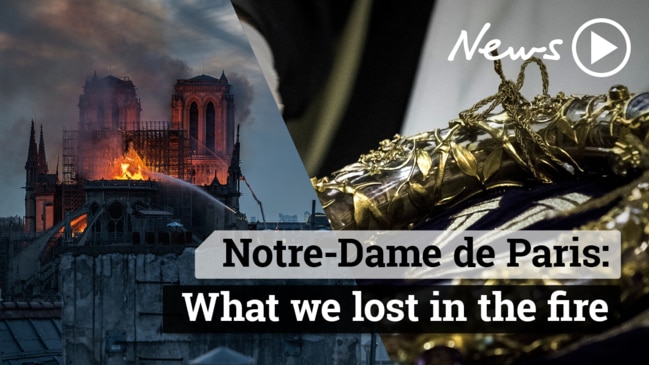
It is just a building: bricks, glass, stone, wood and a fair covering of soot.
And yet when the Notre Dame went up in flames yesterday, its iconic spire toppling into the dusk sky, it was as if we had lost not just a monument but our memories as well.
In Paris people held their hands over their mouths in disbelief, and around the world social media lit up not just with images of billowing smoke and haunting flames but with stories of what the grand old dame meant to them.
We didn’t need world leaders to describe the devastation; any of us who had stood in the shadow of that extraordinary cathedral felt it ourselves.
It begs the question “why?” Why do we care so much about the destruction of old buildings, arguably even more than when people are killed? Why does such loss evoke such emotion?
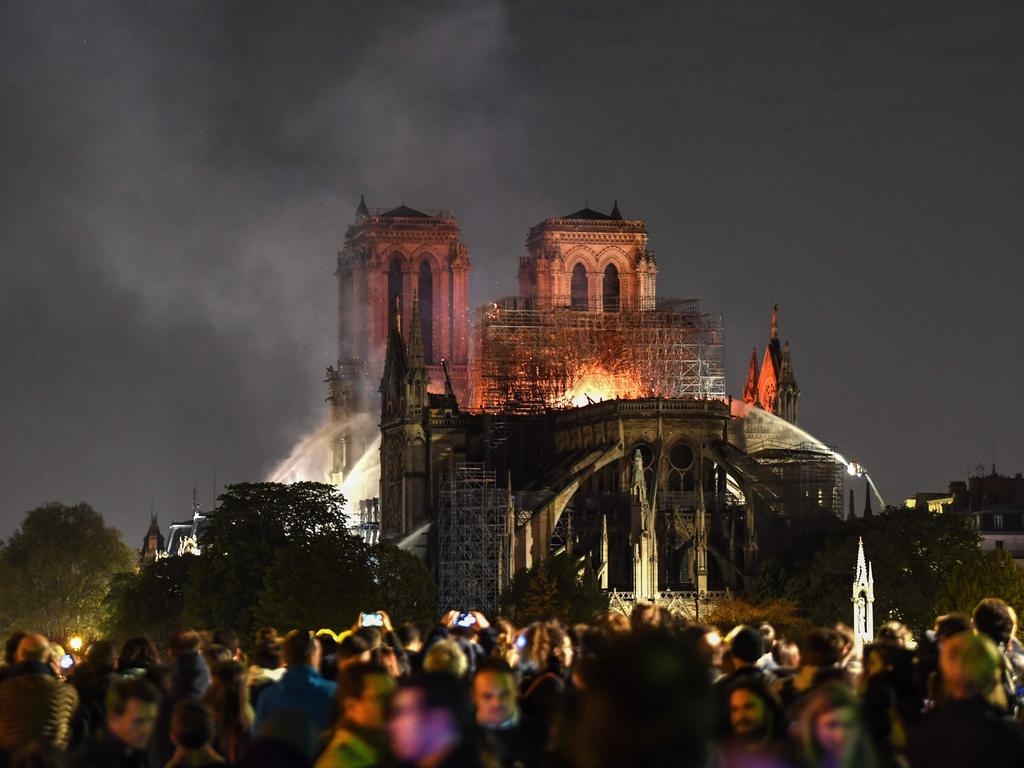
As the Washington Post pointed out, the Islamic State’s brutalisation of the ancient city of Palmyra prompted arguably as much sorrow as the deaths of countless Syrians. The looting of Mesopotamian treasures became a heartbreaking symbol of post-invasion anarchy in Iraq. Looking further back to the world wars, some cities are forever remembered because of the buildings that were bombed: Coventry Cathedral, Dresden’s Frauenkirch, Hiroshima’s domed Industrial Promotion Hall.
RELATED: ‘Fearless’ priest saved Crown of Thorns
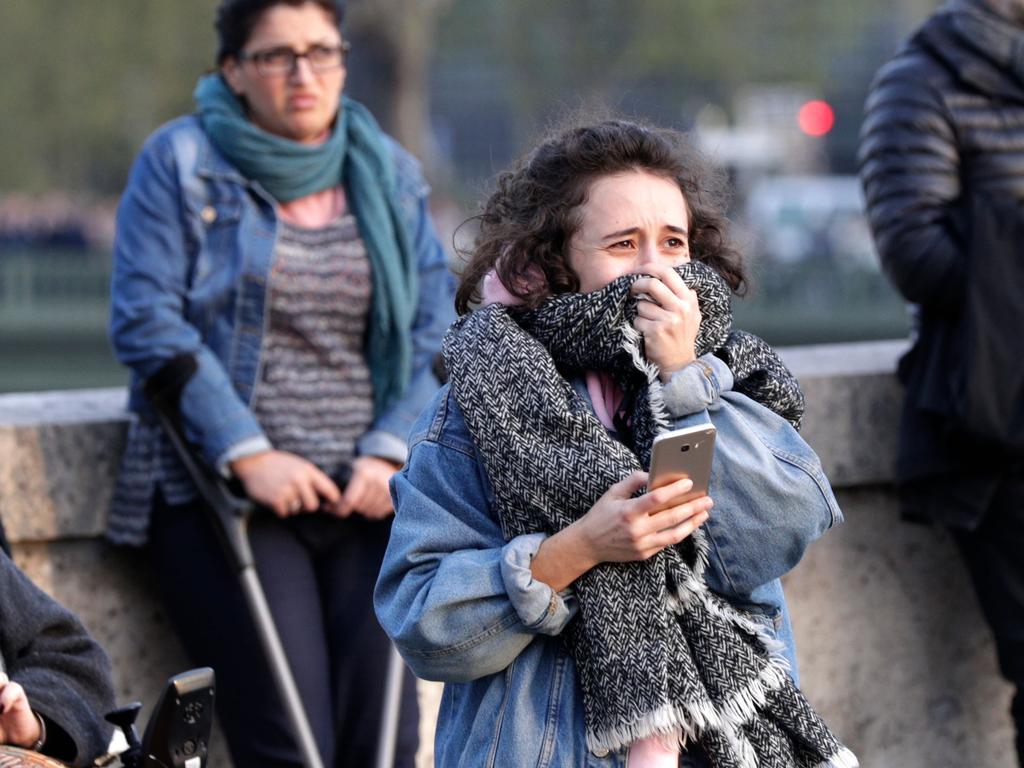
Partly, our devastation is due to reverence for the structure itself. You cannot view Notre Dame and not feel awe and wonderment at the tenacity, endeavour and vision of those who came before. As Hillary Clinton observed. “Notre Dame is a symbol of our ability as human beings to unite for a higher purpose — to build breathtaking spaces for worship that no one person could have built on their own.”
Yet our feelings are more personal than that. In a world that increasingly feels impermanent, transactional, brittle and under threat, the stillness and solidity of an 850-year-old steeple stretching into the sky gave us hope that some things remain. That how we once were is how we will always be.
Indulgently, these monuments are also a backdrop to our younger, more adventurous selves. They remind us of who we were when we fell in love or explored with friends or opened ourselves to long unscheduled weeks in unfamiliar lands.
You cannot gaze at a shimmering stained-glass window or find yourself dwarfed by a sepia-toned fresco and not feel sharper, rawer, as if in glimpsing beauty it is indelibly etched on your soul.
RELATED: How did the Notre Dame Cathedral blaze start?
RELATED: Jesus’ Crown of Thorns saved by human chain
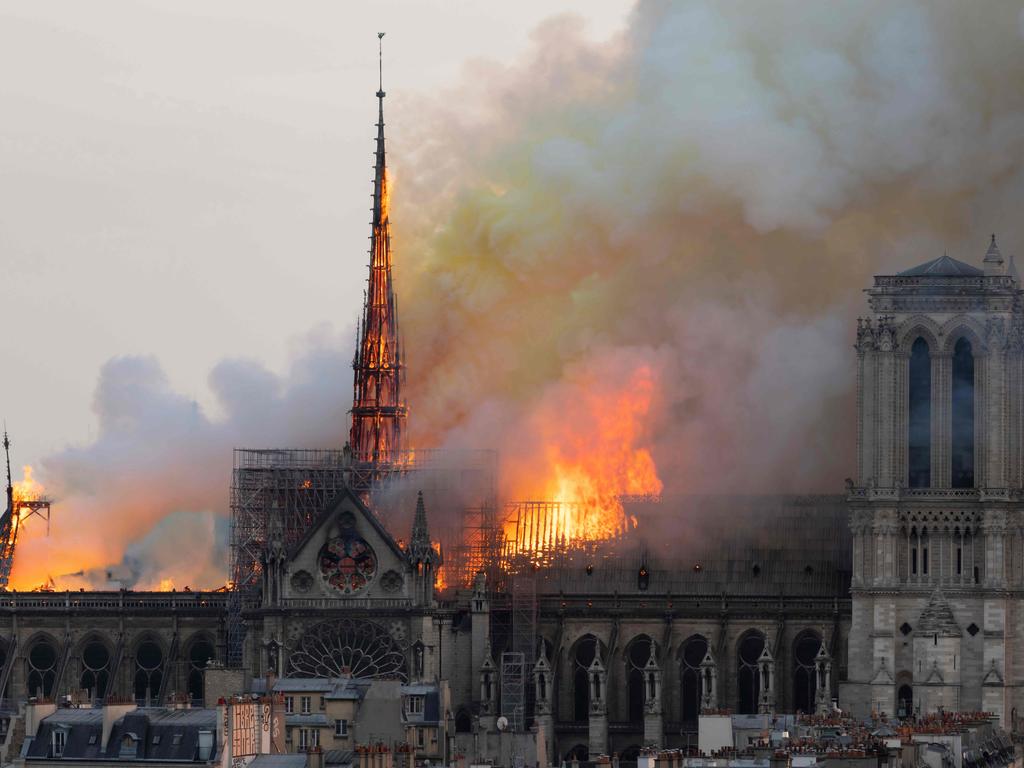
As Alain de Botton explains in The Art of Travel: “A dominant impulse on encountering beauty is to wish to hold on to it, to possess it and give it weight in one’s life. There is an urge to say, ‘I was here, I saw this and it mattered to me’.”
Indeed, the Notre Dame mattered to me. On my first visit to Paris aged 25 I was proposed to on the Pont des Artes, the footbridge straddling the Seine. Afterwards we skipped along the cobblestones towards the great cathedral seeking coq au vin and a bottle of claret to celebrate.
In those days, a backpack and the Lonely Planet guides took us from the Duomo in Florence to the Prado in Madrid and to the Colosseum in Rome. For a girl from the bottom of the world, the top of it seemed both ancient and magnificent.
A few years later, working for a British newspaper, I pitched a feature to mark the forthcoming Millennium. Most of Europe’s great buildings were being repaired for the new century and so I suggested “a scaffolding tour of Europe”. The editor duly agreed and so, with photographer in tow, I gallivanted from the Notre Dame to Pisa and on to Venice where St Mark’s Basilica was quickly snapped en route to a Bellini in Harry’s Bar.
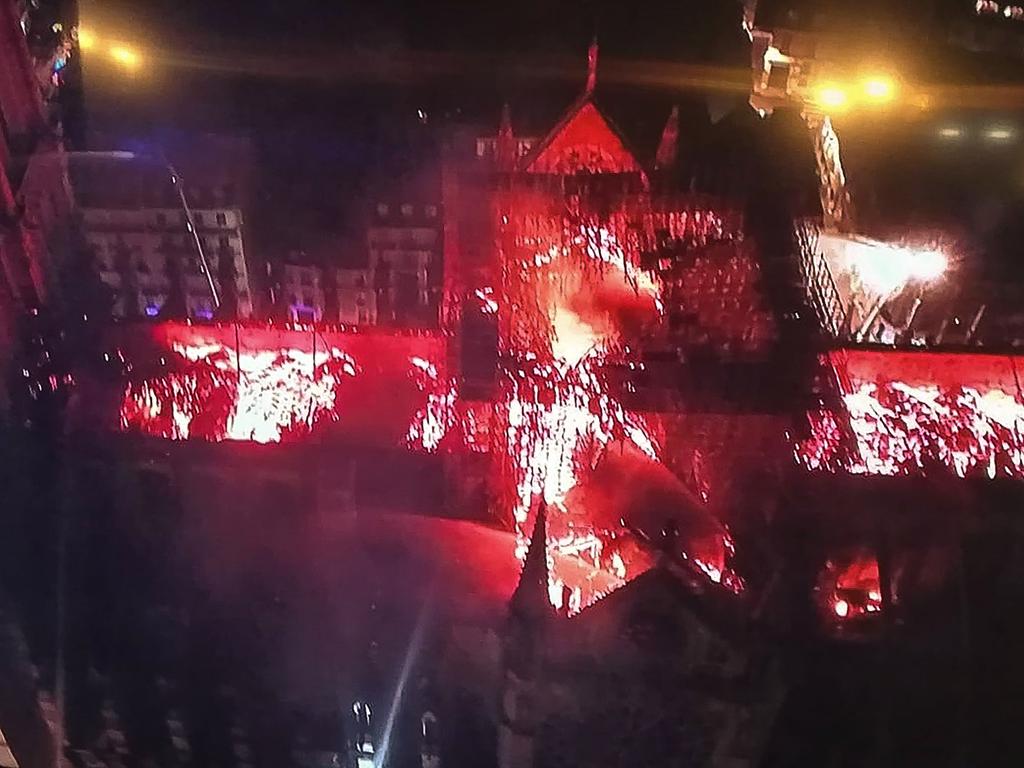
A decade-and-a-half later I was back in Paris with children for whom history came largely in textbooks. We stayed in an attic room in the Marais and walked from the Right Bank to the Left and back again.
Under the Notre Dame I took them to the Shakespeare and Company bookstore that had been the stomping ground of Ernest Hemingway and F. Scott Fitzgerald. They couldn’t have cared less, preferring croissants and chocolat chaud.
With one midway through a gap year, I can only hope she may revisit it now. Perhaps it’s self-serving, but there’s something charming about your child walking in your footsteps. TV host Lisa Wilkinson clearly feels it too. Last week her son recreated an image she’d taken of herself outside Barcelona’s Sagrada Familia. She wrote: “When you set your son a photographic challenge on his travels through beautiful Barcelona five years after you were there … and he totally delivers!”
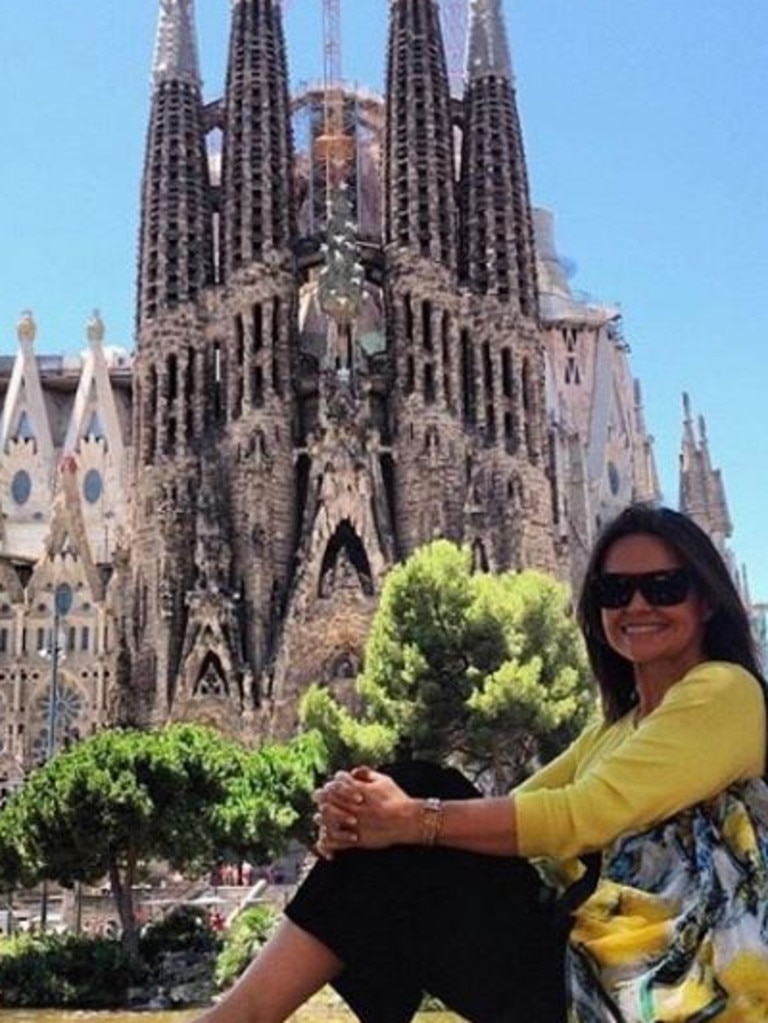
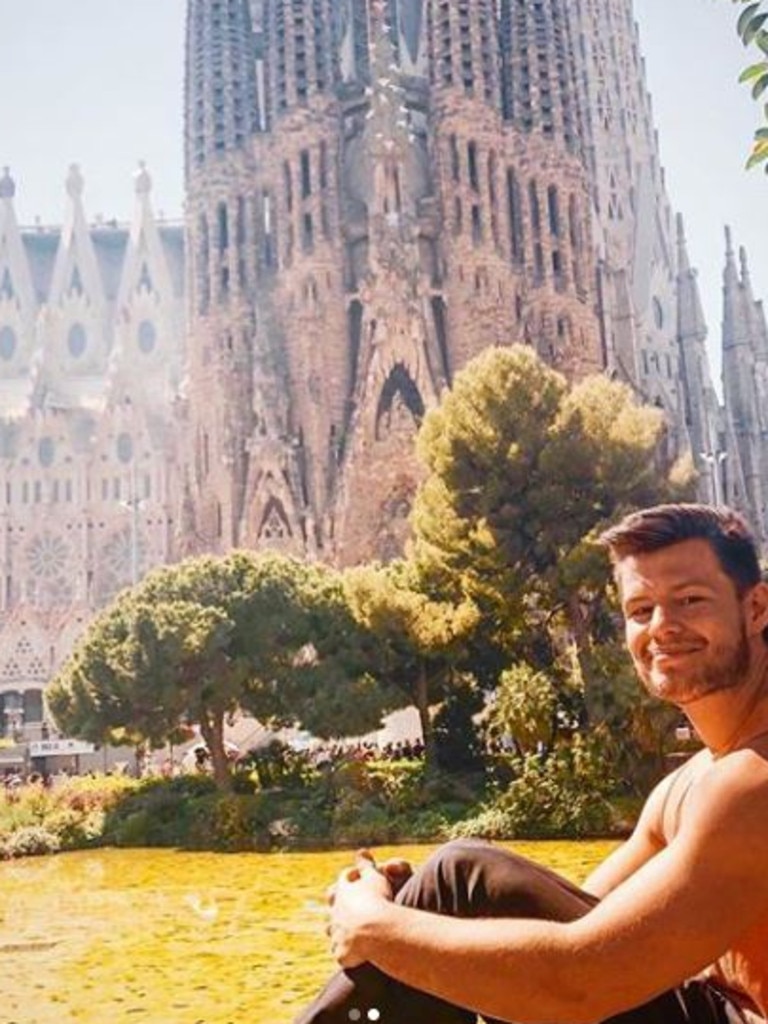
The Notre Dame will rise again. Just as postcards became Instagram and poste restante was superseded by email, the building — already a collage of styles and stories — will endure for a new generation. In the meantime, we celebrate and salute “Our Lady”.
Angela Mollard is a freelance writer. Continue the conversation @angelamollard



